Chromosome Structure Worksheet
Chromosome structure worksheets are a valuable resource for biology students who are studying genetics and cellular division. These worksheets provide a comprehensive overview of the different components and functions of chromosomes, allowing students to dive deeper into this complex topic and strengthen their understanding of genetic inheritance.
Table of Images 👆
- DNA Structure Worksheet Answers
- DNA Structure Worksheet Answer Key
- DNA Structure and Replication Worksheet
- DNA and RNA Structure Worksheet Answers
- DNA Replication Activity Worksheet
- DNA Replication Structure Worksheet
- Coloring Pages Chromosome Structure
- DNA Structure Model Worksheet
- DNA Structure and Replication Worksheet Answer Key
- Chapter 11 DNA and Genes Worksheet Answers
- DNA Model Cut Out Worksheets
More Other Worksheets
Kindergarten Worksheet My RoomSpanish Verb Worksheets
Cooking Vocabulary Worksheet
DNA Code Worksheet
Meiosis Worksheet Answer Key
Art Handouts and Worksheets
7 Elements of Art Worksheets
All Amendment Worksheet
Symmetry Art Worksheets
What is a chromosome?
A chromosome is a thread-like structure made of DNA and proteins that carries genetic information in the form of genes. Chromosomes are found in the nucleus of cells and are passed from parents to offspring during reproduction, playing a crucial role in determining an organism's traits and characteristics.
How is a chromosome structure organized?
A chromosome structure is organized into a compact, condensed form during cell division, where chromatin fibers loop and coil around proteins called histones to form nucleosomes, which then further condense into chromatin fibers. These fibers then further coil and pack together to form the distinct structure of a chromosome, with a centromere holding the two sister chromatids together and telomeres at the ends to protect the DNA strands. This highly organized structure helps to ensure proper segregation and distribution of genetic material during cell division.
What is the function of histones in chromosome structure?
Histones function as proteins that help in the packing of DNA into chromatin, which is the compact structure of chromosomes inside the nucleus. They act as spools around which the DNA is wound, allowing for the efficient storage and organization of genetic material. Histones also play a role in regulating gene expression by controlling access to specific regions of DNA.
What are telomeres and what is their role in chromosome structure?
Telomeres are repetitive sequences of DNA found at the ends of chromosomes that protect the genetic material from degradation and prevent the loss of important genetic information during cell division. Their primary role in chromosome structure is to maintain the stability and integrity of the chromosomes by preventing their ends from fraying or fusing with neighboring chromosomes. Telomeres also play a crucial role in regulating the lifespan of cells and have been linked to aging and disease processes.
How are sister chromatids formed?
Sister chromatids are formed during the S phase of the cell cycle through the process of DNA replication. During DNA replication, the double-stranded DNA molecule is unwound and each strand serves as a template for the synthesis of a new complementary strand. This results in the formation of two identical DNA molecules, each consisting of one original and one newly synthesized strand. These two DNA molecules are then condensed and coiled around histone proteins to form sister chromatids, which are held together at the centromere.
Describe the structure and function of centromeres.
Centromeres are specialized regions of DNA located in the center of chromosomes that play a crucial role in cell division. Their main function is to ensure that sister chromatids are evenly distributed to each daughter cell during mitosis and meiosis. Centromeres serve as attachment points for spindle fibers, which are responsible for pulling apart duplicated chromosomes. This helps to maintain genetic stability and ensure accurate segregation of chromosomes during cell division. The structure of centromeres is highly conserved across different organisms and typically contains repetitive DNA sequences and specific proteins that help to organize and stabilize the chromosome.
What is the difference between heterochromatin and euchromatin?
Heterochromatin is a tightly packed form of DNA that is transcriptionally inactive, meaning that the genes within this region are not easily accessible for gene expression. In contrast, euchromatin is a less condensed form of DNA that is transcriptionally active, allowing for gene expression. The main difference lies in the level of compaction and accessibility of the DNA within these regions, with heterochromatin being more condensed and less accessible compared to euchromatin.
How does chromatin condensation and decondensation affect chromosome structure?
Chromatin condensation and decondensation play a significant role in regulating the structure of chromosomes. When chromatin condenses, it compacts into a more organized and dense structure, allowing the DNA to be tightly packaged and form visible chromosomes during cell division. This helps in proper segregation of genetic material. On the other hand, chromatin decondensation leads to relaxation of the chromatin structure, allowing for gene expression and various cellular processes to occur. Therefore, the dynamic regulation of chromatin condensation and decondensation is essential for determining the functional state of chromosomes and ultimately influences gene expression and cellular behavior.
What is the relationship between chromosomes and genes?
Chromosomes are structures within the cell nucleus that contain genetic material, including a large number of genes. Genes are specific sequences of DNA on chromosomes that determine inherited traits and control the synthesis of proteins. In summary, genes are segments of DNA found on chromosomes, and chromosomes carry genes that are responsible for an individual's unique characteristics and traits.
Explain the significance of chromosome structure in processes such as DNA replication and cell division.
The structure of chromosomes plays a crucial role in processes like DNA replication and cell division. During DNA replication, the double-stranded DNA molecule in the chromosome unwinds and splits into two separate strands that serve as templates for the synthesis of new DNA strands. The organization of DNA within chromosomes ensures that the replication process is carried out accurately and efficiently. In cell division, chromosomes condense and align properly at the metaphase stage to ensure equal distribution of genetic material to daughter cells during mitosis. The structure of chromosomes, including their centromeres and telomeres, is essential for regulating these key processes and maintaining genetic stability in cells.
Have something to share?
Who is Worksheeto?
At Worksheeto, we are committed to delivering an extensive and varied portfolio of superior quality worksheets, designed to address the educational demands of students, educators, and parents.

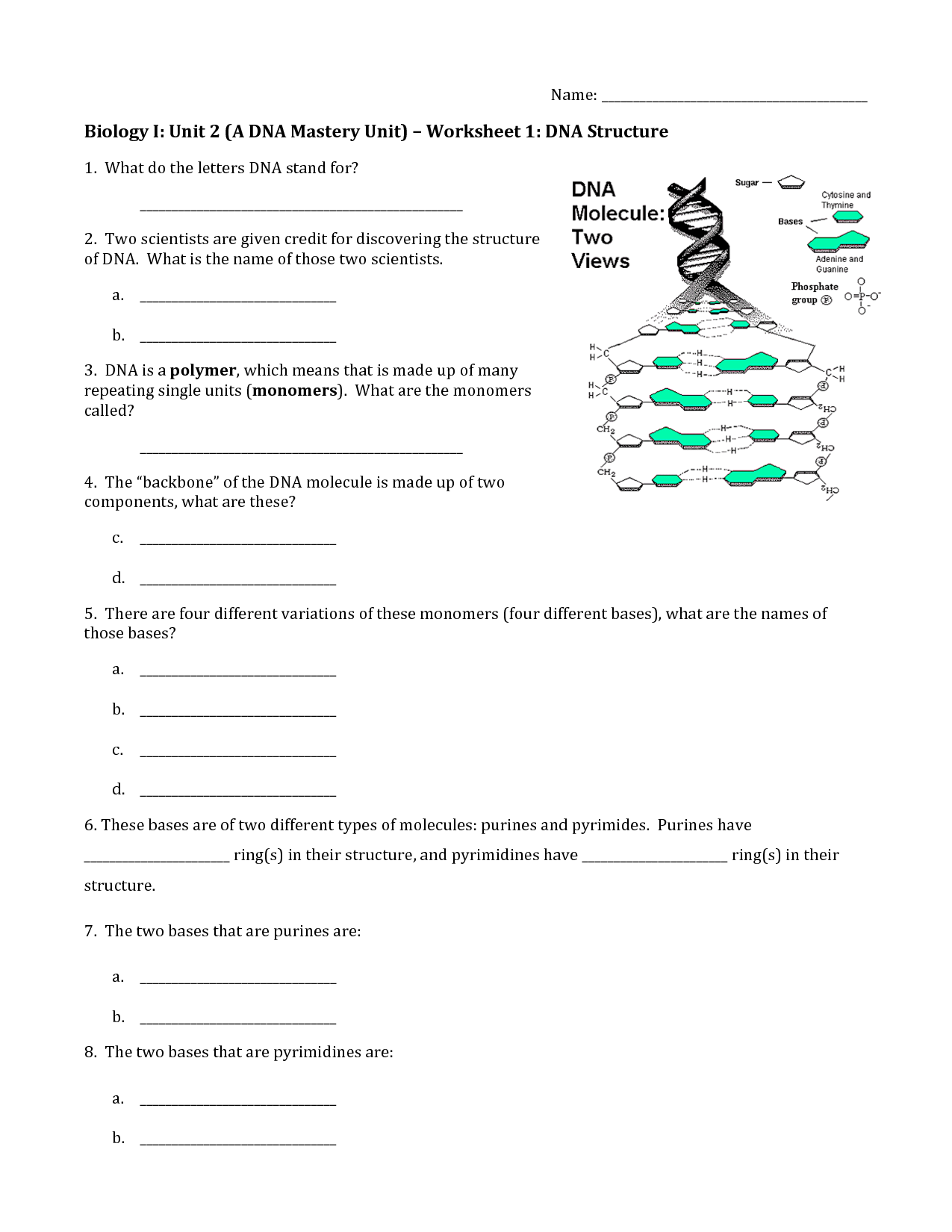



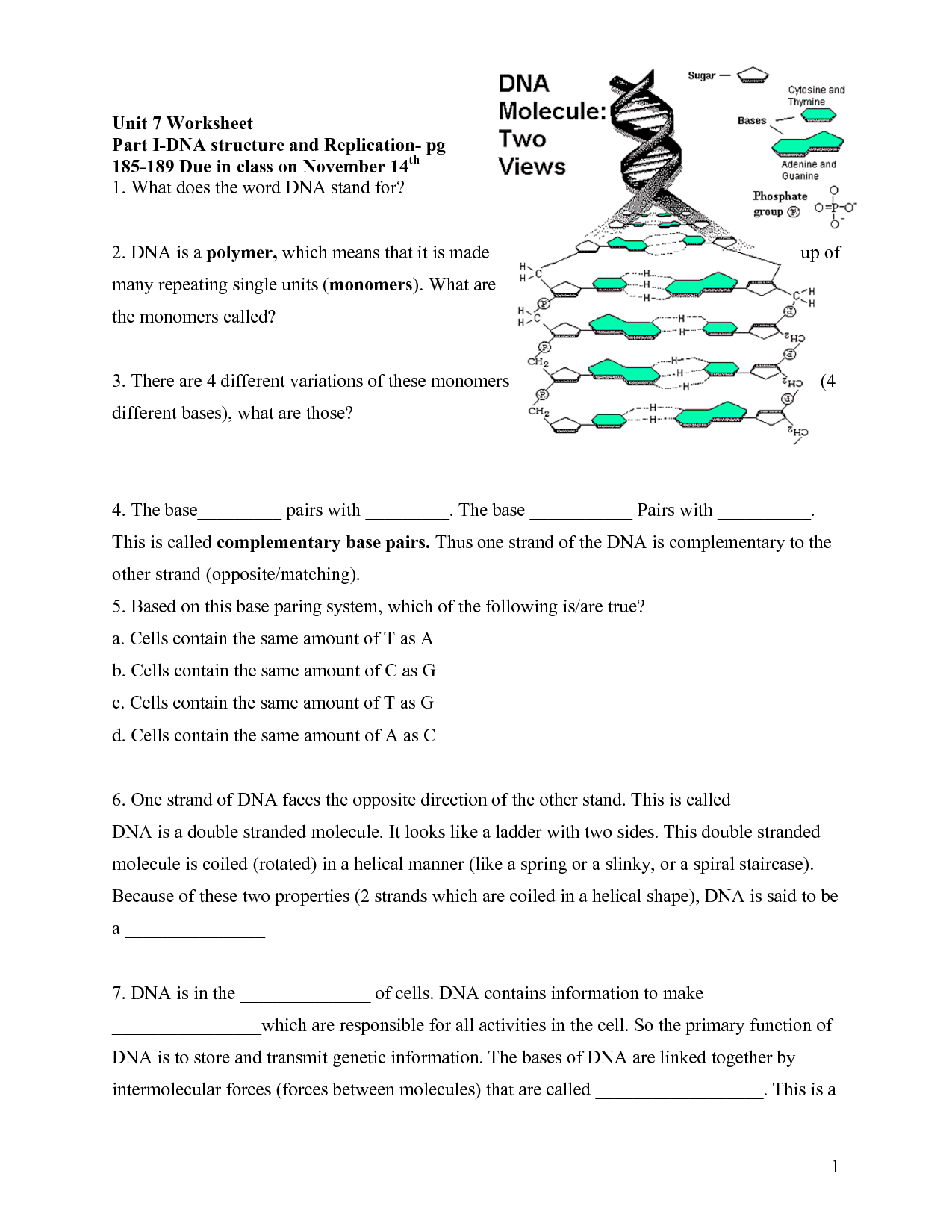

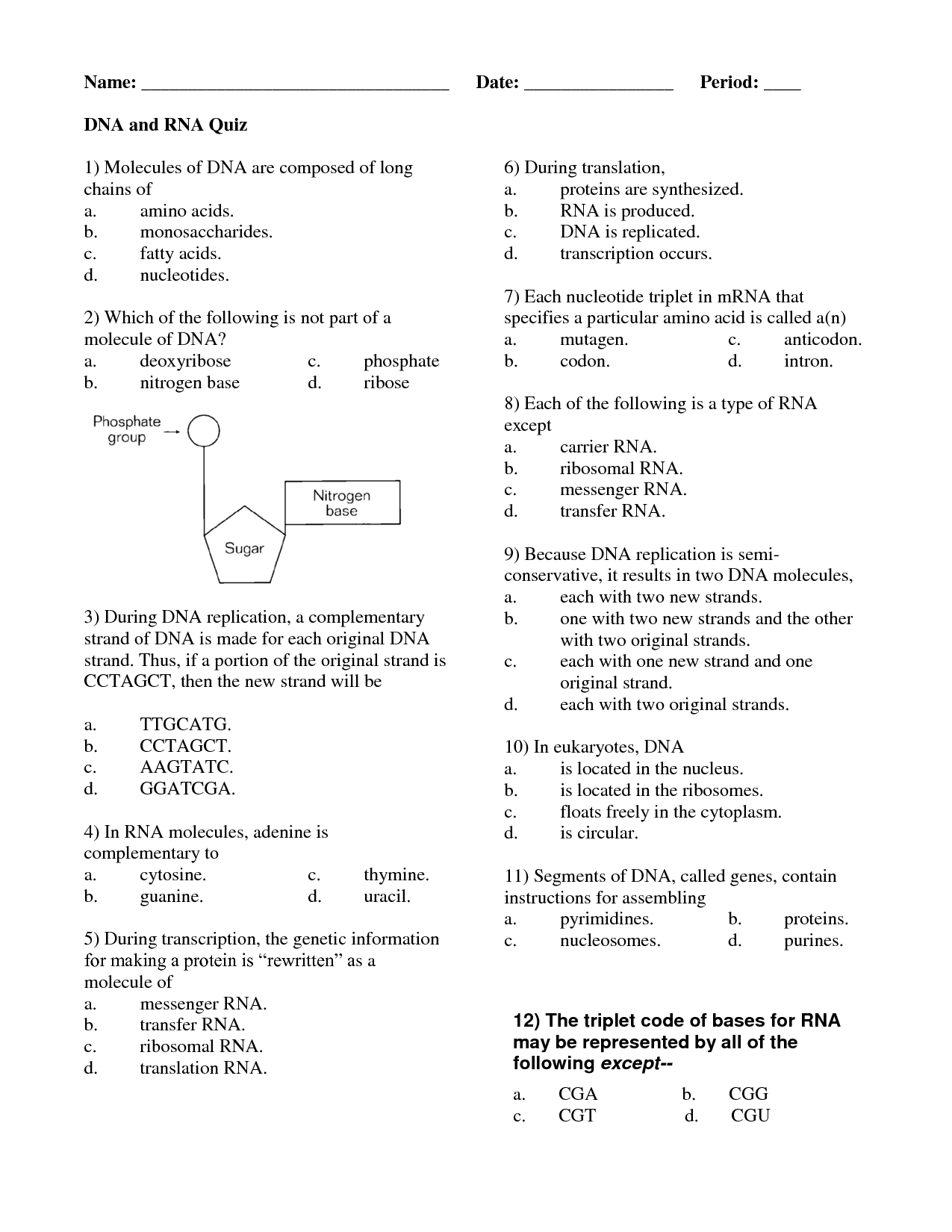
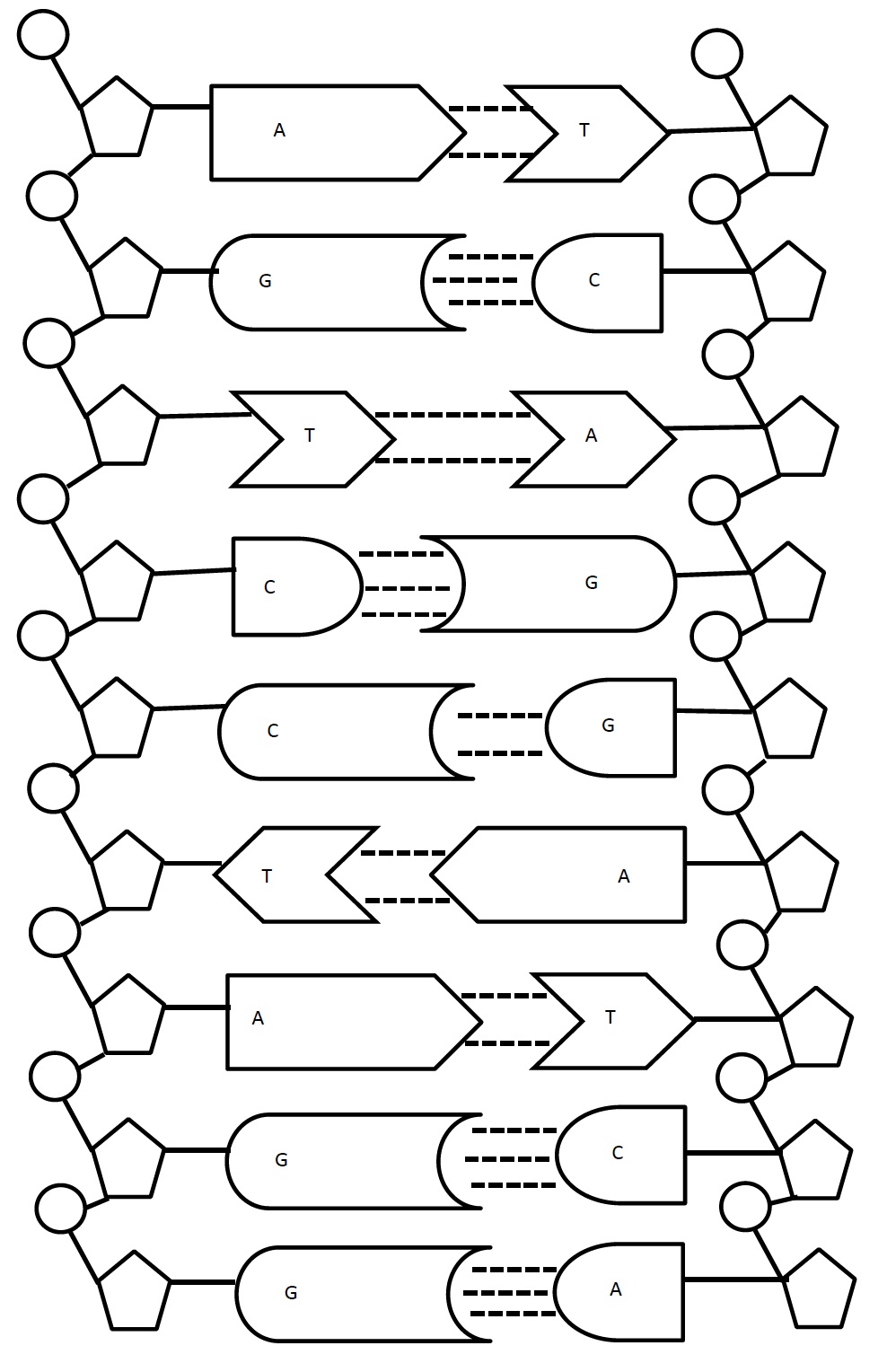
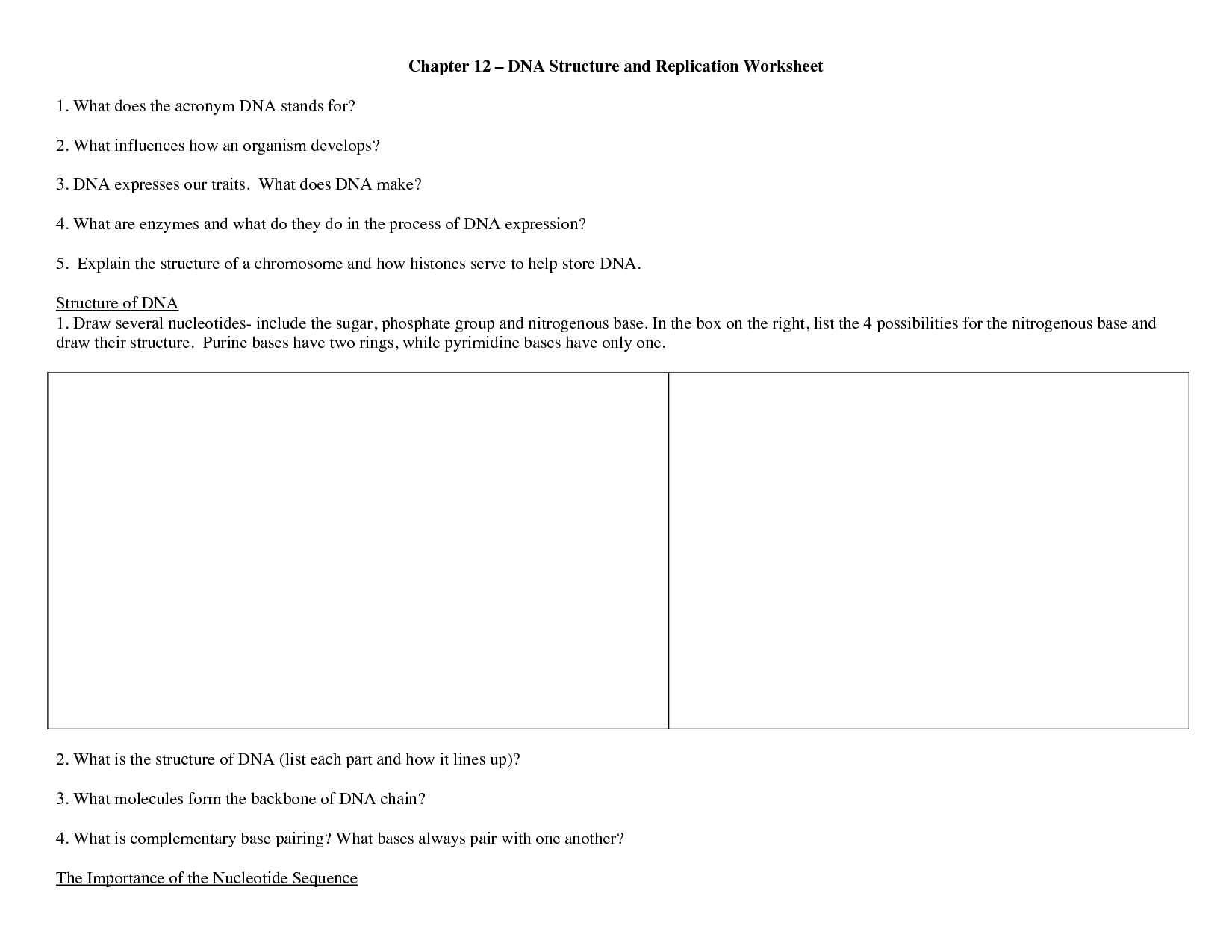

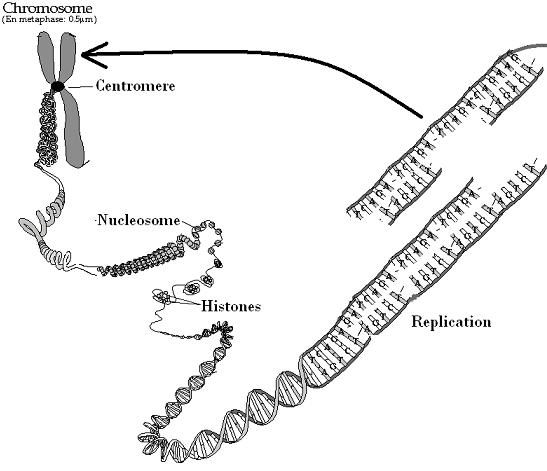
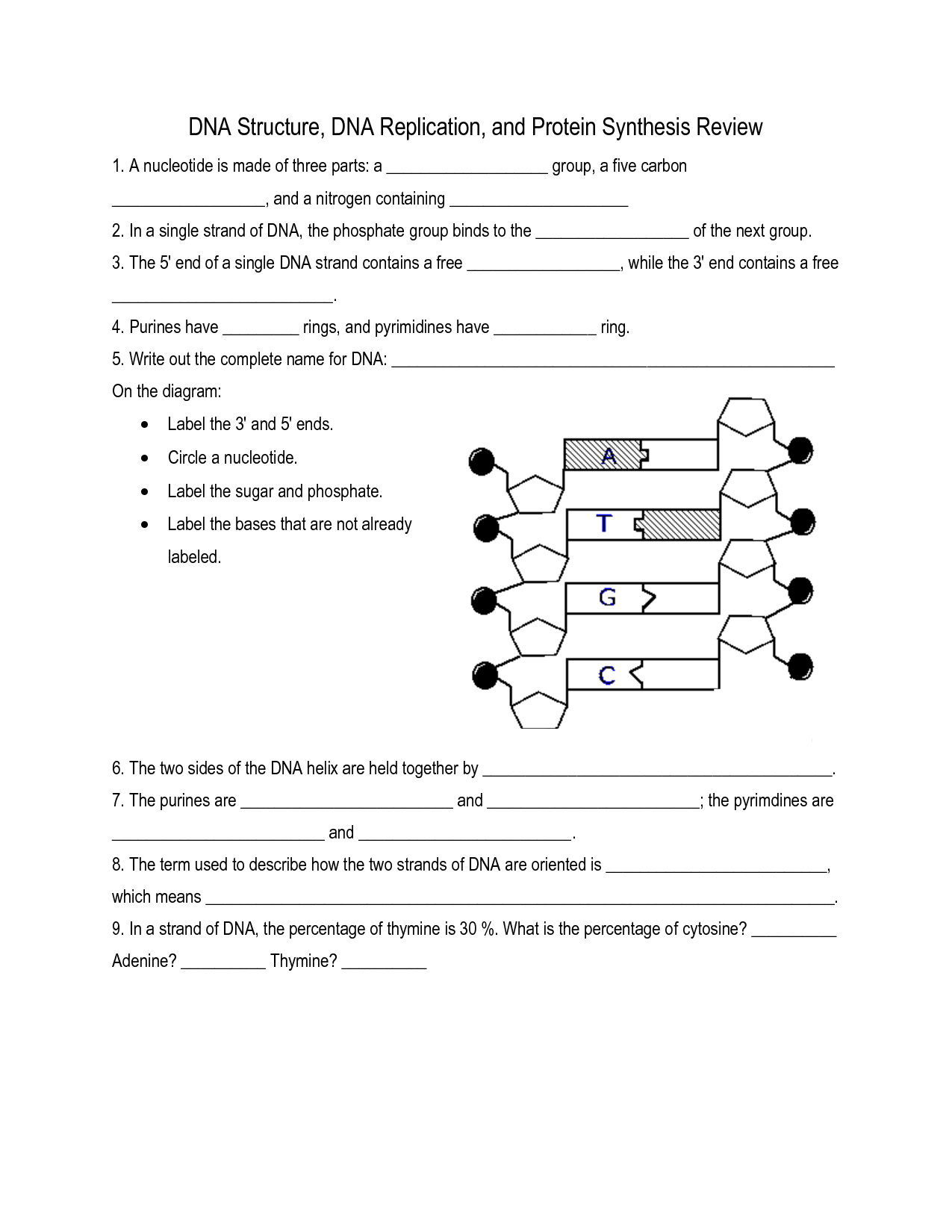
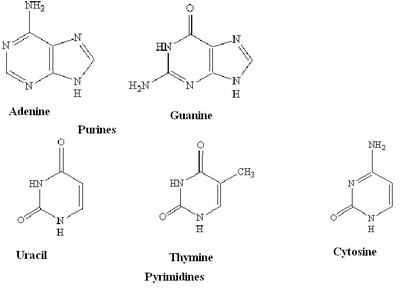
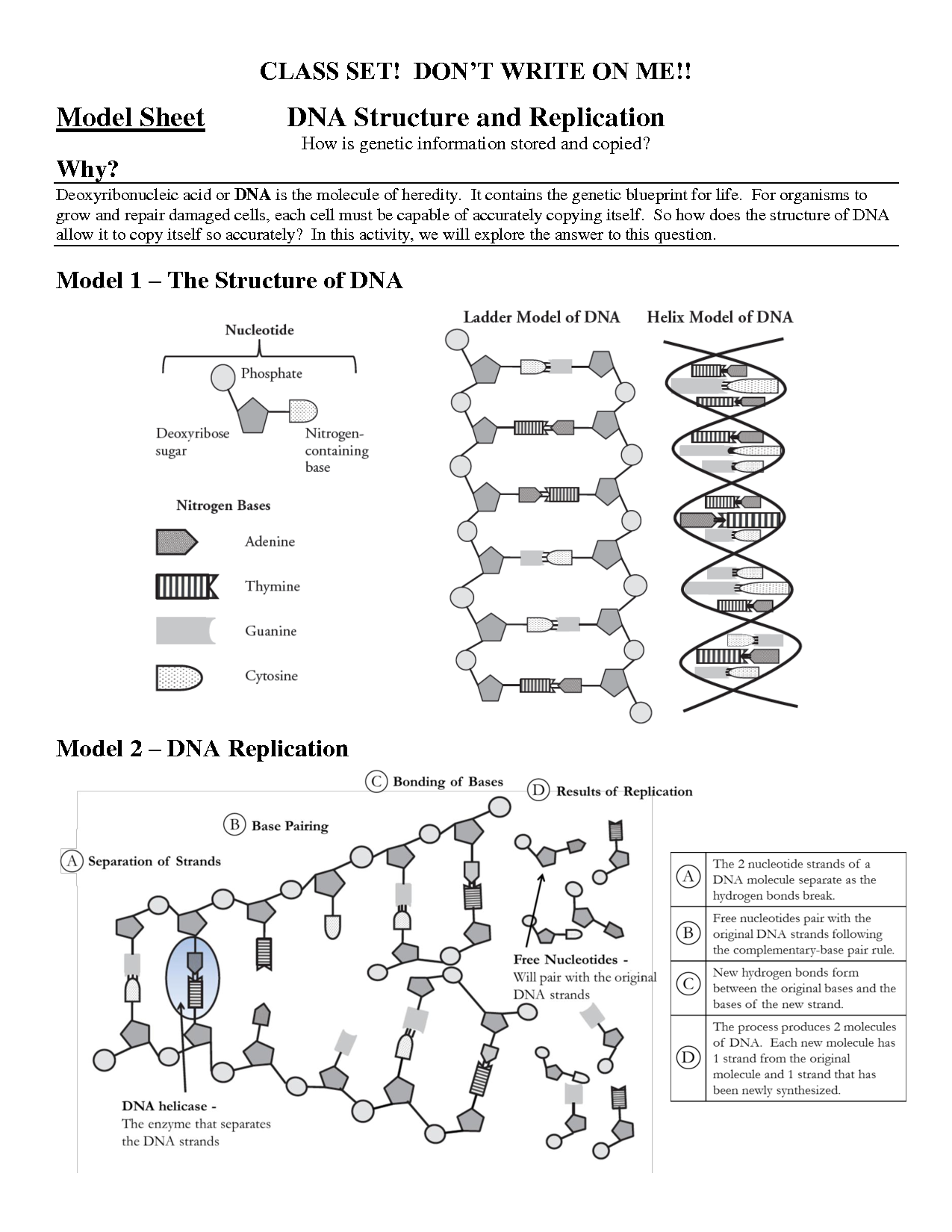
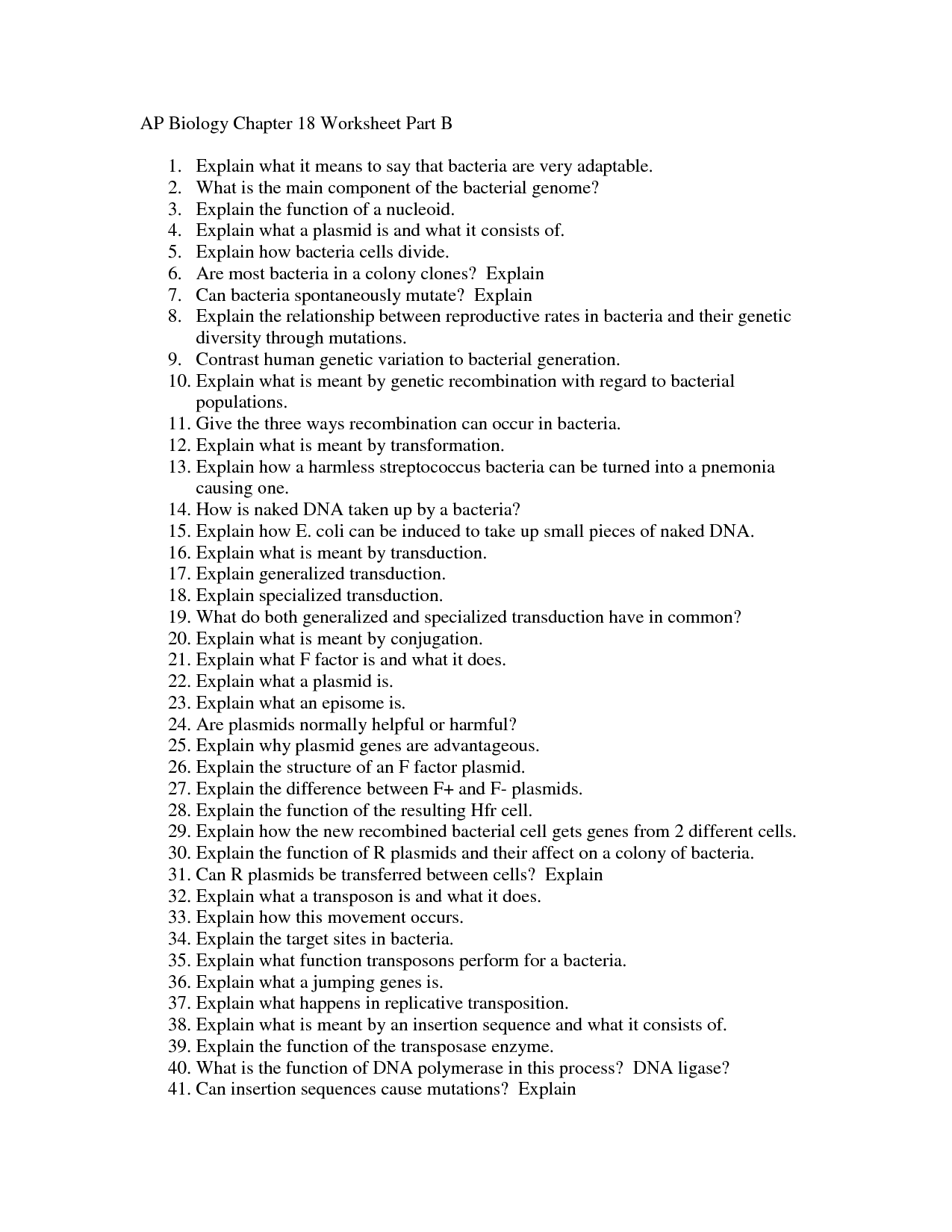
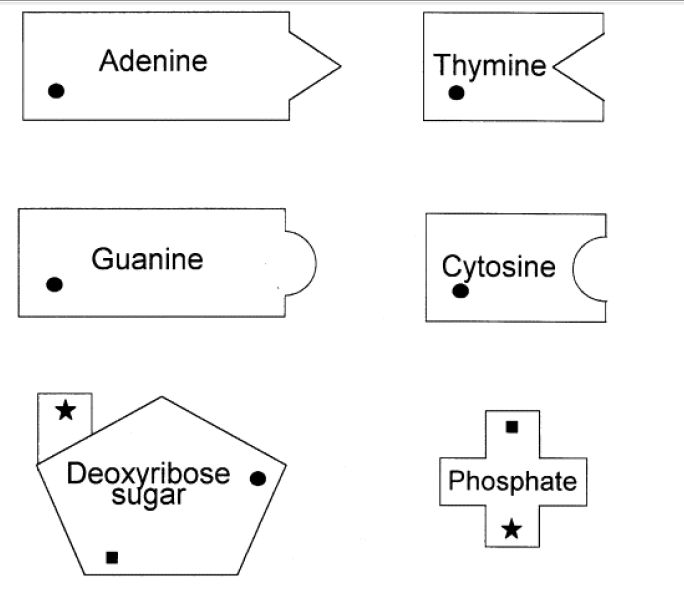
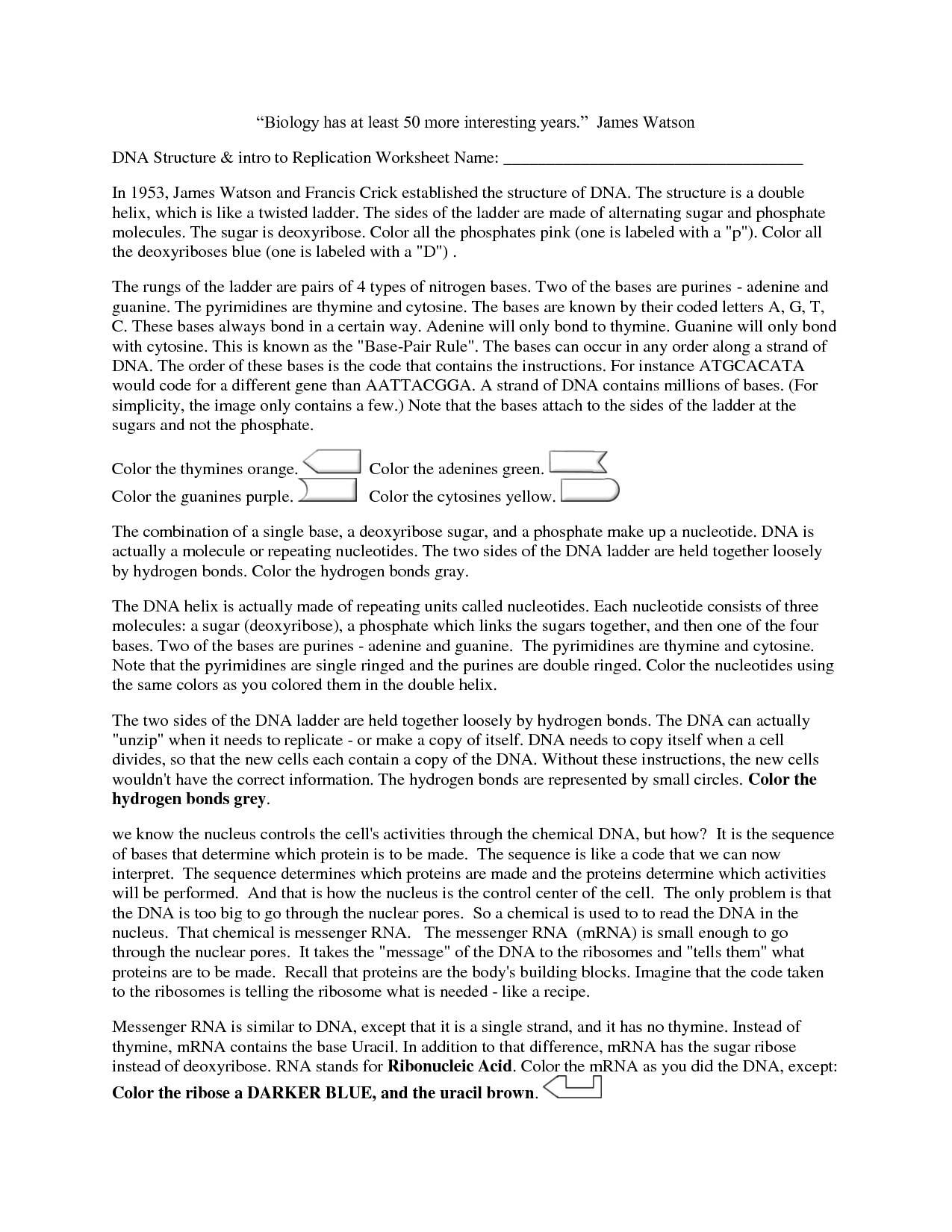














Comments